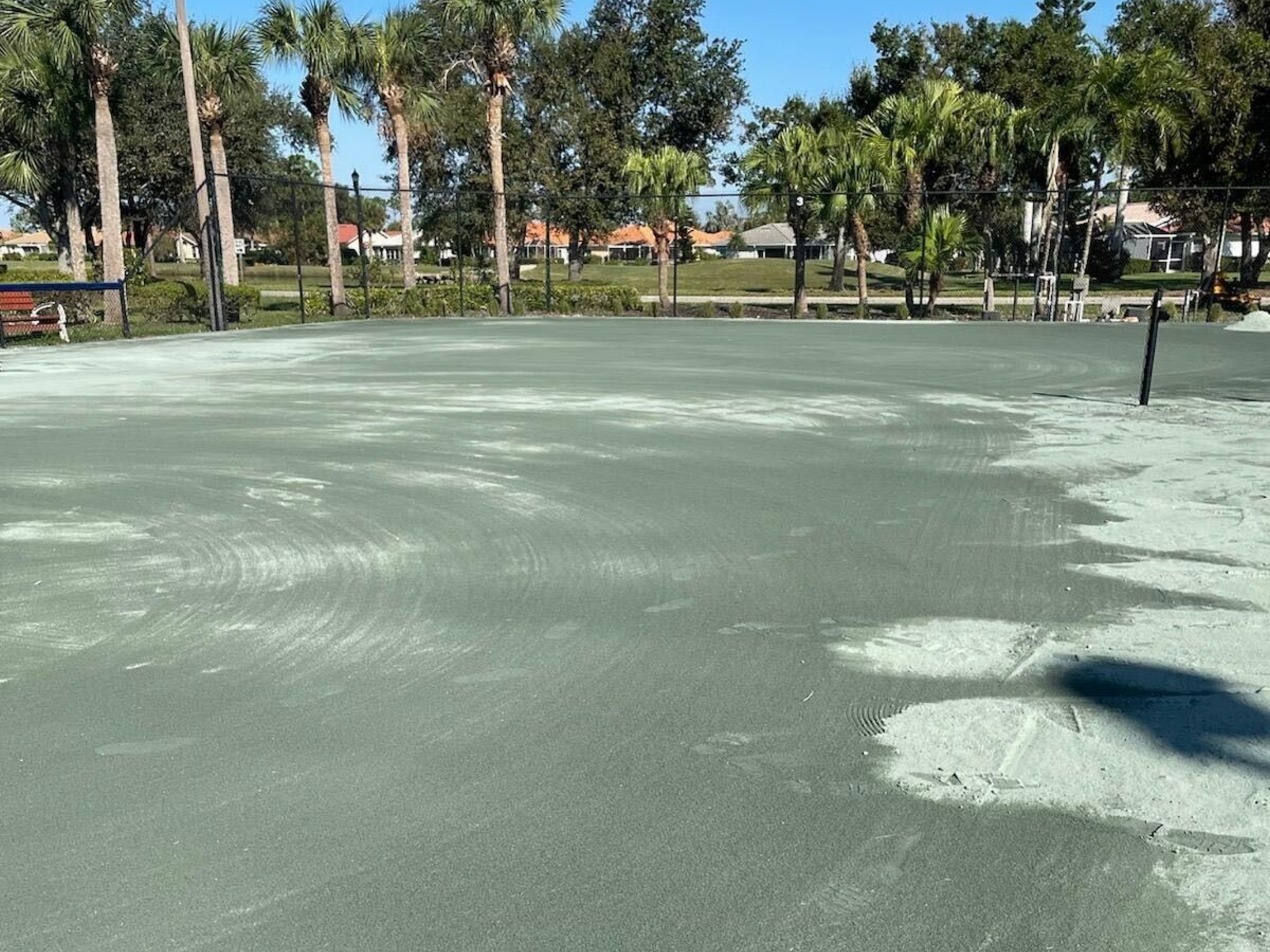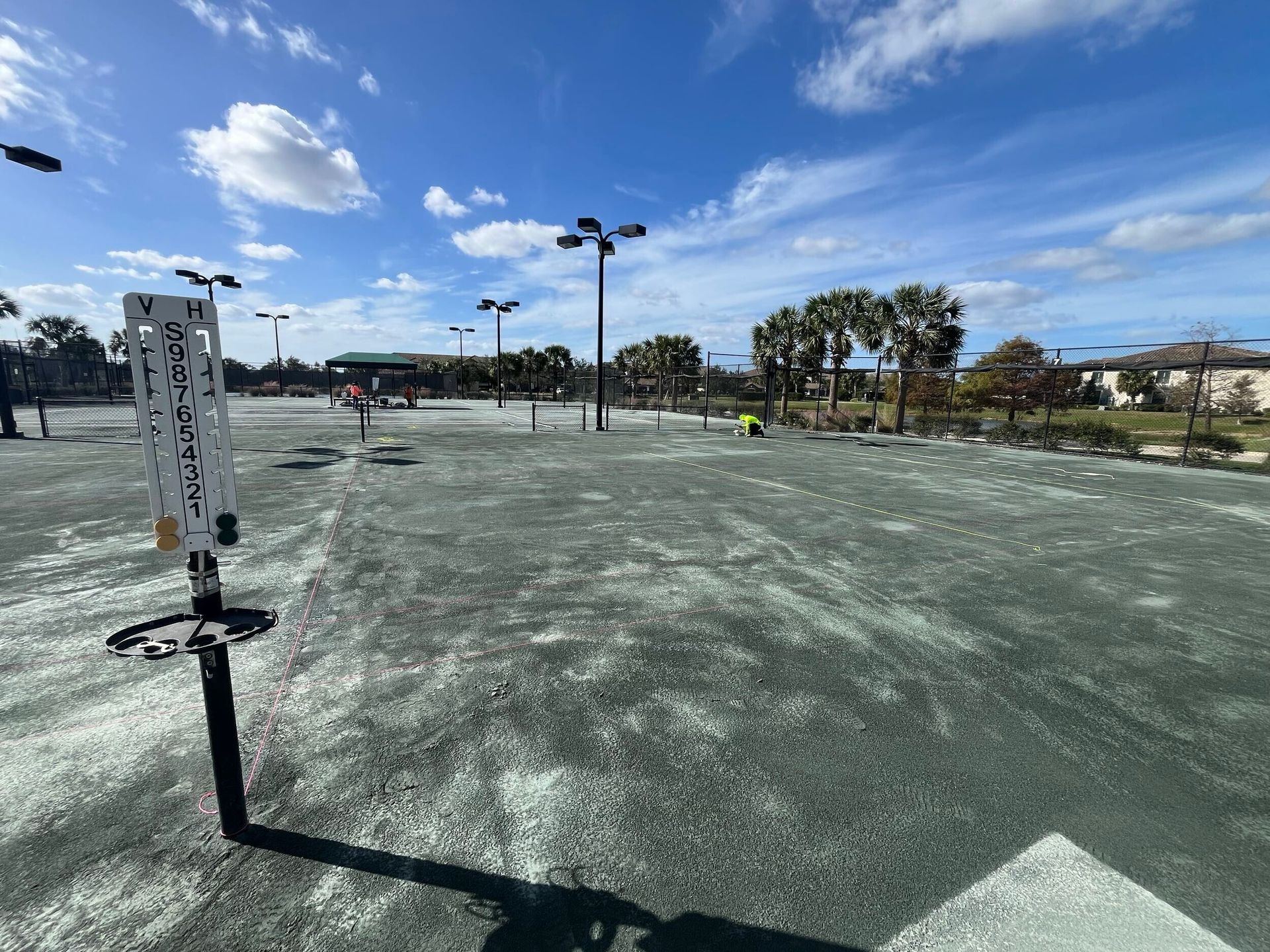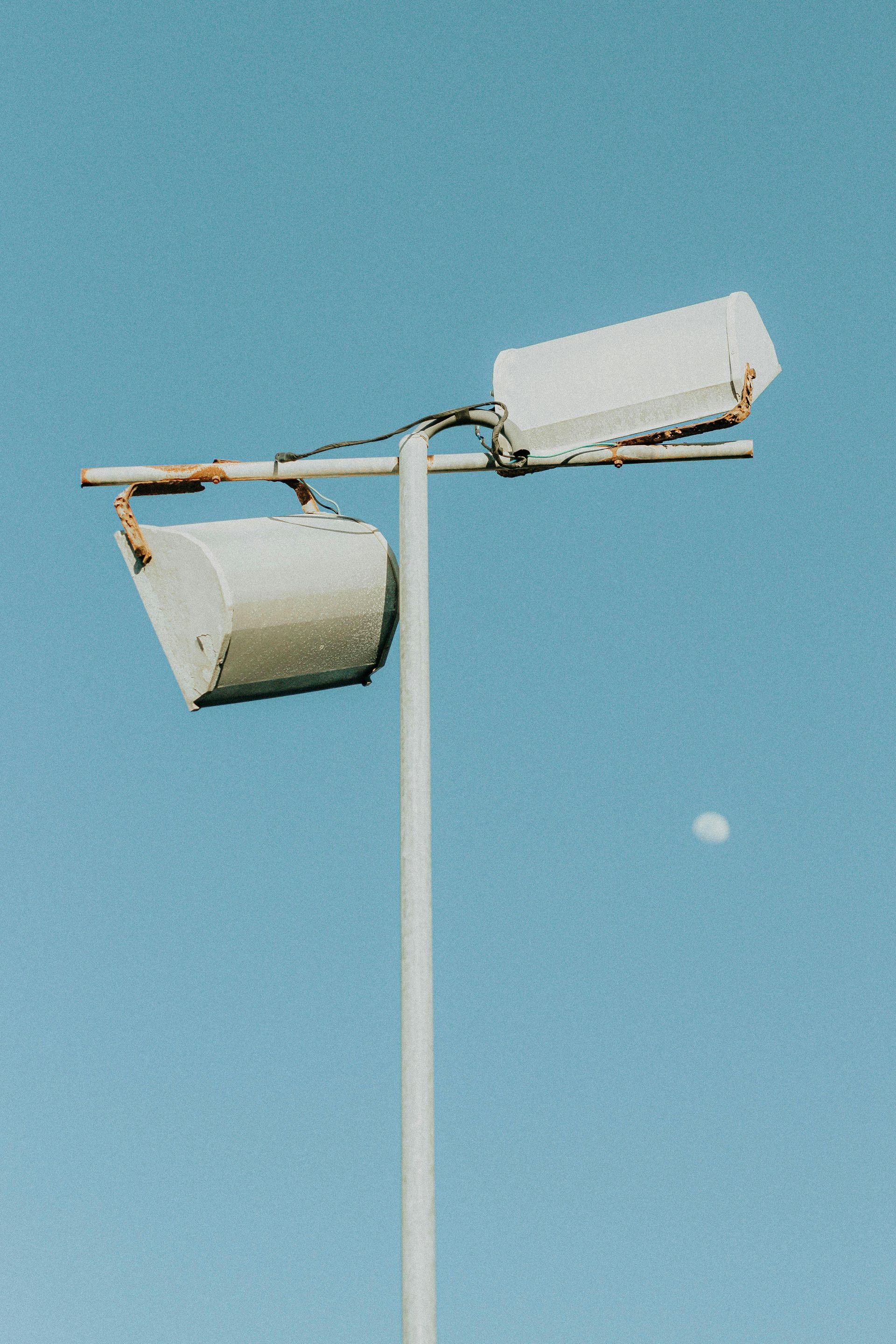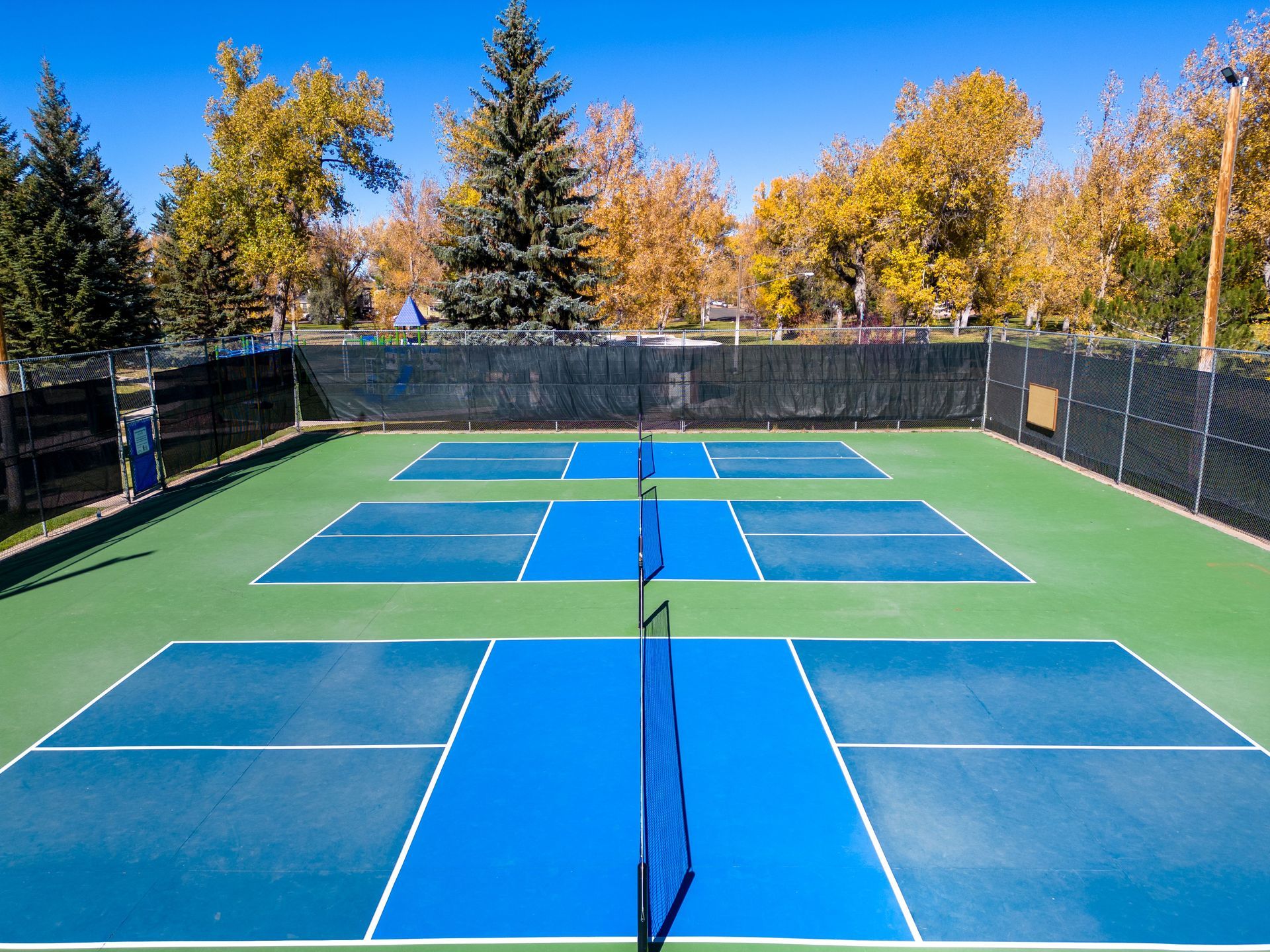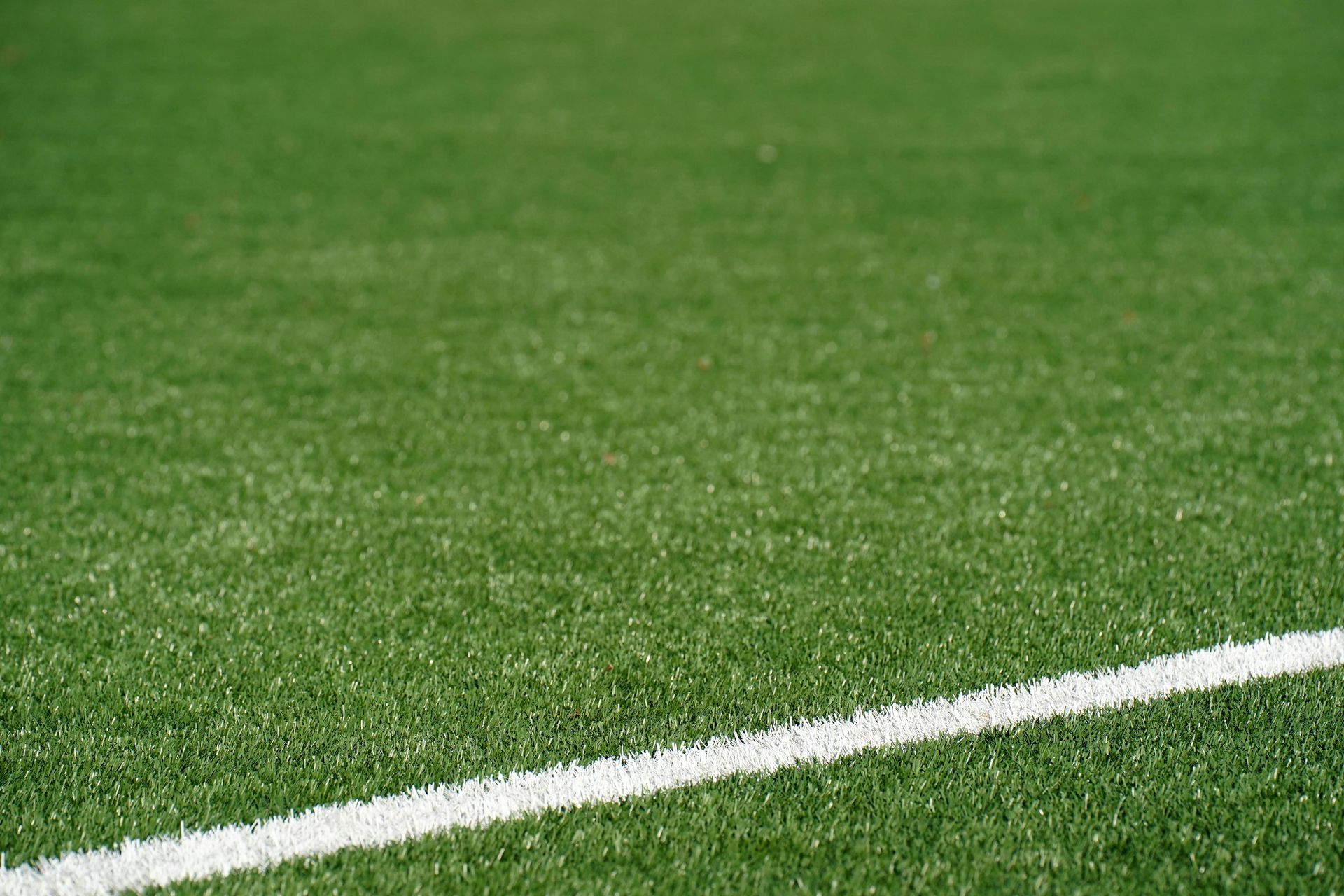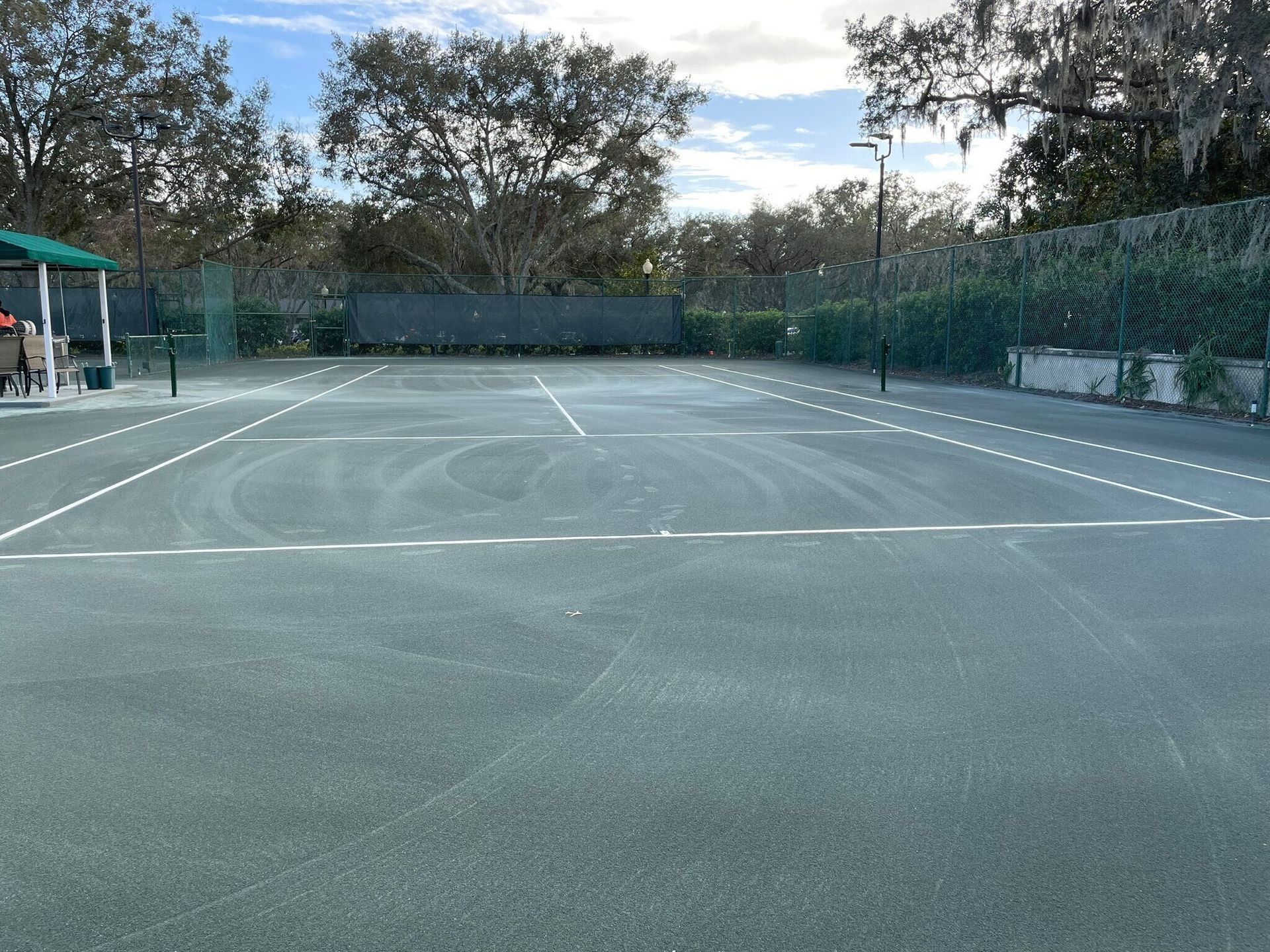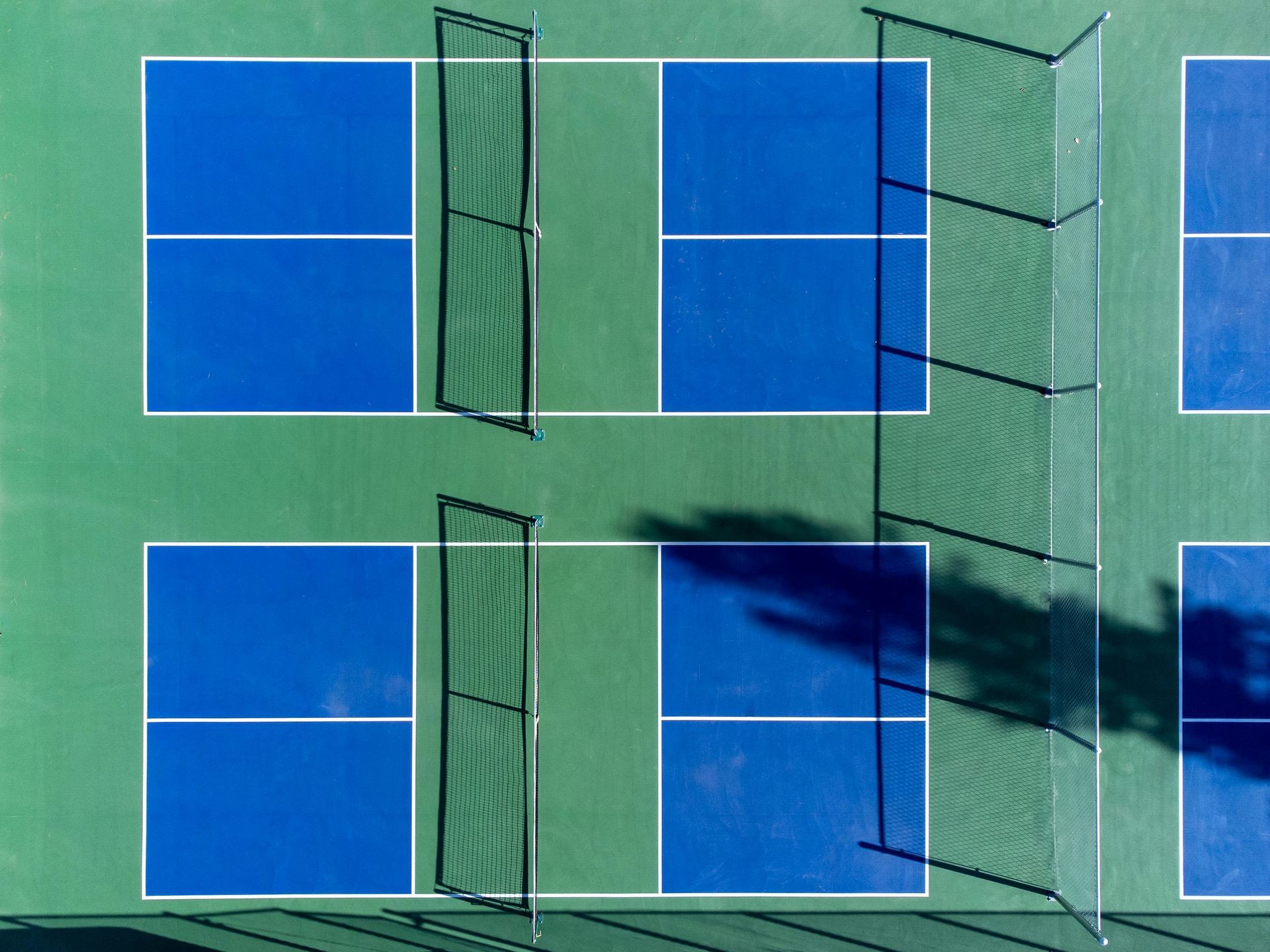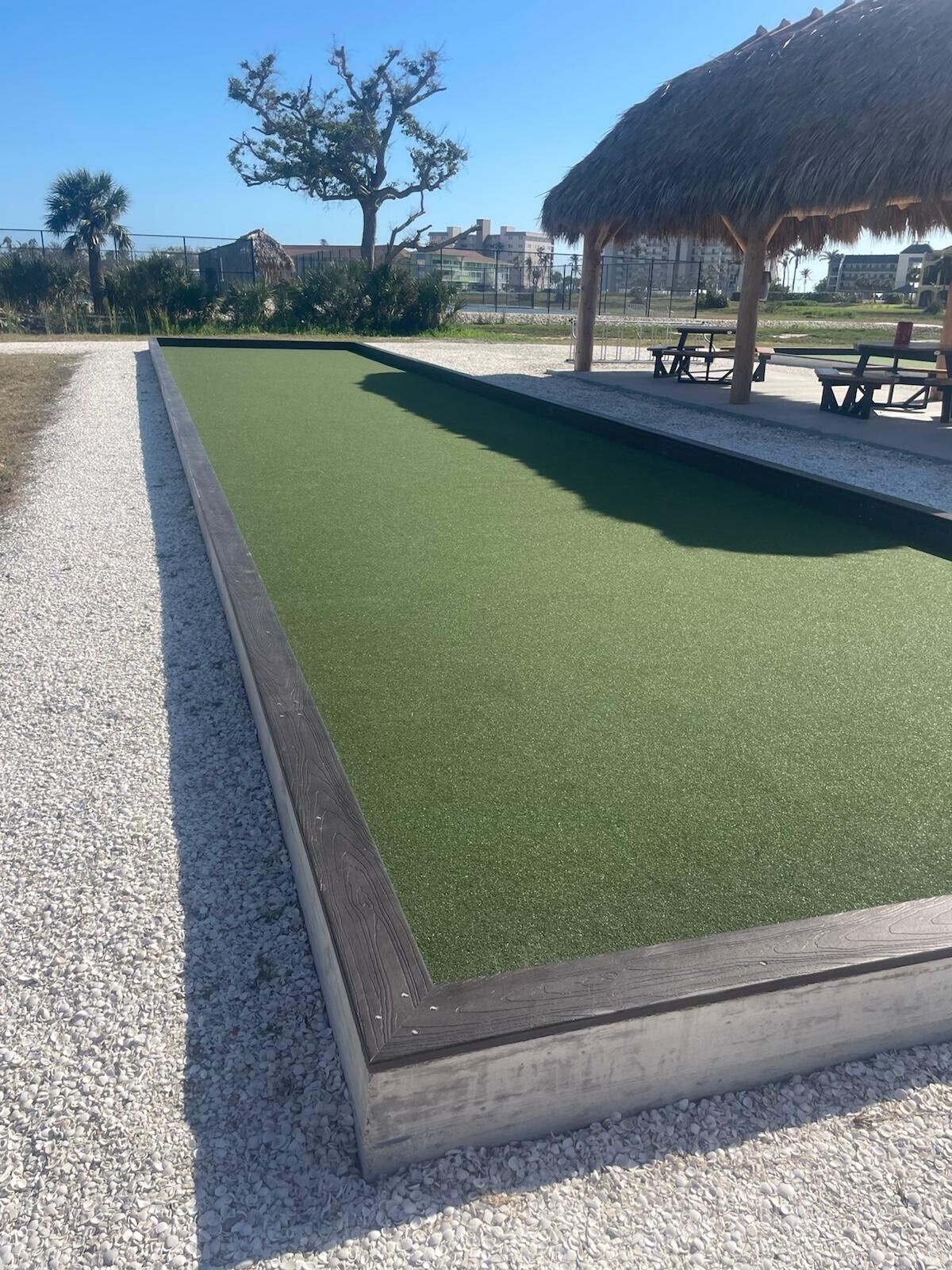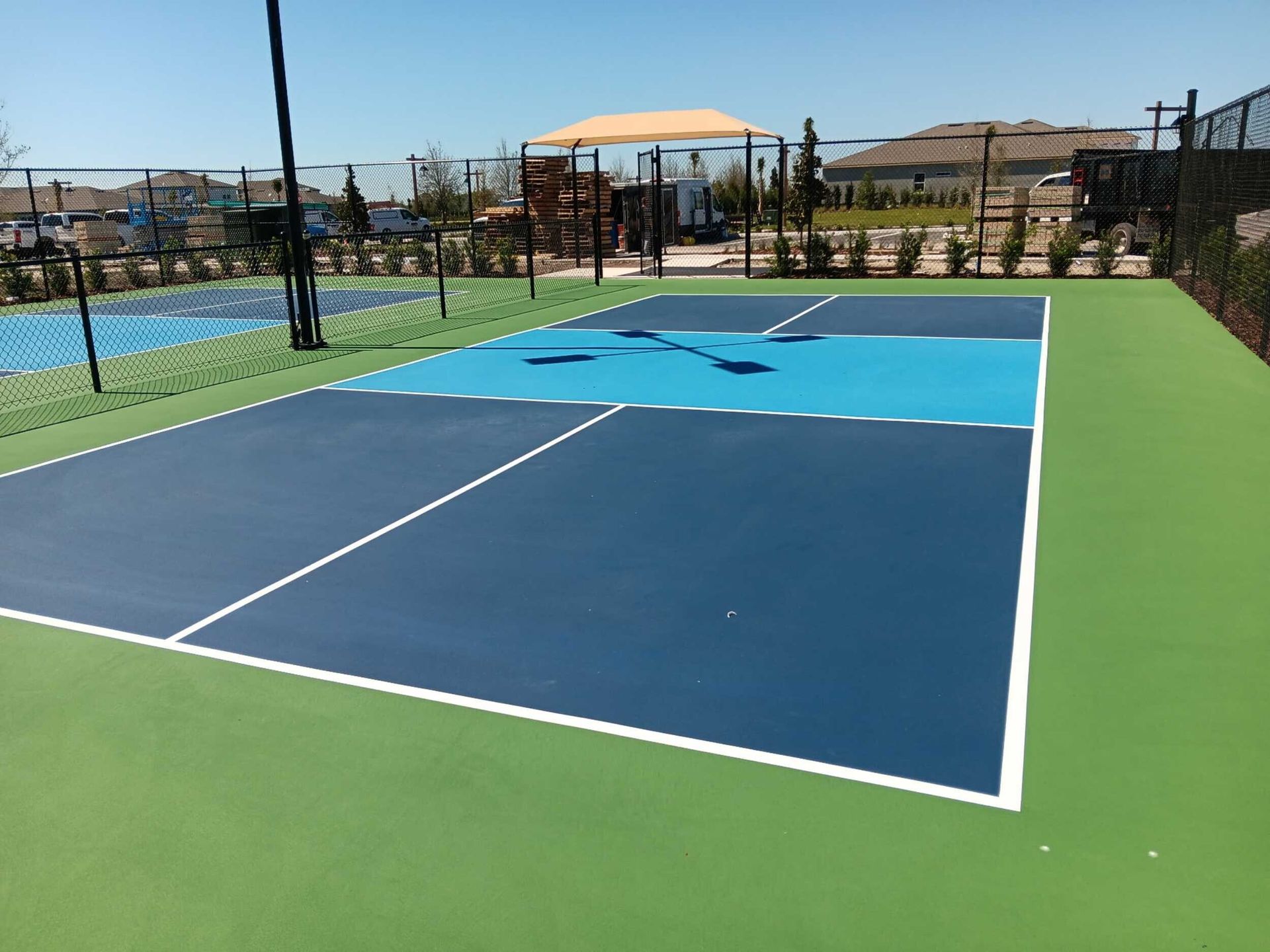Winterizing Your Tennis Court: Essential Steps
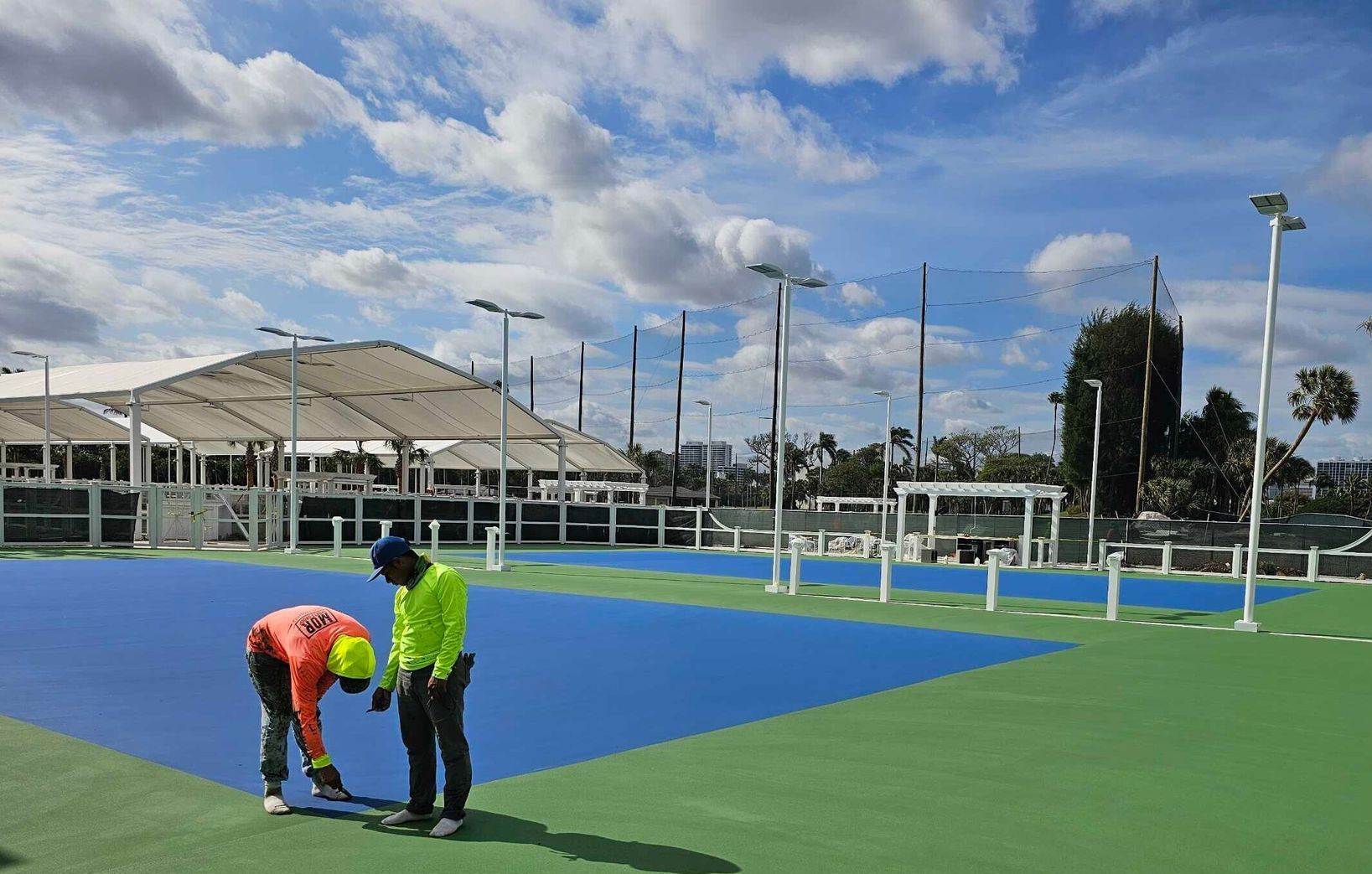
If you want your tennis court to last for years and stay in good playing condition, winter maintenance is a must. Snow, ice, cold temps, and moisture can do serious damage to any court surface if it’s left unprotected. Taking the time to properly winterize your court now means fewer problems, lower repair bills, and better games when spring returns.
This guide breaks down the most important steps you should take to winterize your tennis court, whether it's in your backyard, at a club, or part of a school or park facility.
Why Winter Maintenance Matters for Your Tennis Court
Tennis courts are an investment, and like anything else you invest in, they need regular care. When winter rolls in, freezing and thawing cycles can crack the surface, water can pool and seep into materials, and snow can cause discoloration or surface damage. A little prep in the fall can go a long way in keeping your court looking great and performing well.
Winter maintenance keeps your court:
- Safe from slippery surfaces and cracked areas
- Durable by preventing structural damage
- Playable with less time and effort needed for spring recovery
When to Start Winterizing Your Tennis Court
The best time to get started with winter prep is during the fall, ideally before the first frost. Mid to late October works well in most areas. You want to make sure the court is dry, clean, and above freezing when you complete your maintenance.
If you wait too long and snow or ice arrives, you'll be stuck dealing with moisture that can make repairs harder and less effective.
Step-by-Step Guide to Winterizing Your Tennis Court
Here are the essential steps every court owner or manager should take to get ready for winter weather.
1. Remove and Store Tennis Nets and Windscreens
Tennis nets and windscreens don’t hold up well in winter. Snow, ice, and wind can weaken their fibers and stretch them out.
- Take down the nets completely or lower them to reduce tension
- Remove windscreens and store them folded in a dry place
- Check both for tears or damage and replace as needed
2. Clean the Court Thoroughly
Leaves, sticks, pine needles, and dirt trap moisture. This leads to staining, mildew, or even surface erosion. Give your court a deep clean before winter sets in.
- Use a soft broom or leaf blower to remove debris
- Wash the court gently with a garden hose and court-safe cleaner
- Avoid power washers that can damage the surface, especially if it's acrylic or synthetic
3. Repair Cracks and Surface Damage
Small cracks can become big ones in winter. Water gets in, freezes, expands, and causes deeper damage. Now is the time to fix anything that looks off.
- Fill cracks using an appropriate crack filler
- Level out low spots or "birdbaths"
- Consult a court professional for resurfacing if needed
4. Check and Clear Drainage Systems
Blocked drainage means standing water, which is one of the biggest threats to court health.
- Look for leaves or roots clogging drains or channels
- Make sure all water flows away from the court surface
- If your court doesn't have good drainage, it may be worth adding or upgrading the system
5. Use a Weather-Resistant Court Cover (If Applicable)
In areas with heavy snowfall, a good court cover can save you a ton of cleanup time and prevent surface damage.
- Choose a cover that fits snugly over the court surface
- Look for breathable, UV-resistant materials
- Secure it with weights or anchors to avoid wind damage
6. Winterize Court Accessories and Equipment
Benches, scorekeepers, posts, and even light poles can take a hit in winter weather.
- Remove portable items and store indoors
- Cover or wrap any fixtures left outside
- Inspect accessories for rust, wear, or broken parts and replace them if needed
Special Tips for Different Court Surfaces
Not all courts are built the same. Here's what to know based on the type of surface you have:
- Asphalt and concrete courts: Seal cracks and avoid using metal shovels to remove snow
- Clay courts: Turn off irrigation systems, level the surface, and cover it with a tarp
- Synthetic turf: Remove infill debris and gently brush the surface clean
- Grass courts: Mow one last time, fertilize, and allow it to dry before winter sets in
Even if the court looks okay at a glance, small issues can quickly become big problems if ignored.
What Not to Do: Common Winter Court Mistakes
When it comes to winter court prep, avoiding certain mistakes is just as crucial as taking the right preventative steps. One major error to steer clear of is using rock salt or harsh chemical de-icers—these can cause serious damage by staining or corroding the court surface. Instead, opt for court-safe ice melt products or products recommended by surface manufacturers.
Another common mistake is using metal-bladed shovels or allowing snowplows to scrape across the court; this can lead to gouges, scratches, and surface degradation. Use tools specifically designed for courts, such as snow rollers and soft-edged shovels, to gently clear snow.
Lastly, don’t overlook drainage problems. Allowing water to pool on the court can lead to cracks and surface weakening when it freezes and expands. Make sure to inspect and maintain proper drainage systems or consult professionals like Mor Sports Group to address standing water issues before winter sets in. Being proactive about these common pitfalls can save you from costly repairs come spring.
Can You Play on Your Tennis Court in Winter?
Yes, you can. With the right precautions, many courts are usable year-round.
- Dress warmly and wear proper shoes for grip
- Schedule games during midday when temperatures are highest
- Install LED court lighting for shorter daylight hours
- Clear the surface with soft tools and make sure it's dry before play
Products That Help With Winter Court Prep
Preparing your court for winter doesn’t have to be a hassle if you have the right tools. A few key products can make a big difference in maintaining your court's integrity through the colder months. Crack fillers are essential for sealing early surface damage before freezing temperatures can worsen the cracks. For keeping surfaces clean and safe, soft-bristle brooms are ideal—they’re gentle enough to prevent surface damage while effectively removing snow and debris.
If you're looking for comprehensive protection, court covers come in a variety of materials and sizes suitable for all surface types, helping prevent moisture accumulation and surface wear. Regular upkeep with mild, court-safe cleaning solutions also ensures dirt and grime don’t settle in during the off-season. If you're unsure which items are best for your court type and climate, it's always a good idea to consult with a professional who specializes in court maintenance and winterization.
Why Professional Winterization Makes a Difference
Sometimes it’s better to call in the pros. If your court needs resurfacing, has drainage problems, or needs a full inspection, it’s smart to bring in an expert.
Mor Sports Group specializes in tennis court construction, resurfacing, and maintenance. They can help you:
- Inspect and assess court condition
- Repair cracks, install drainage systems, or apply winter coatings
- Get ready for year-round play with lighting and accessory upgrades
They work with residential, school, and professional sports facilities and can customize a plan based on your court’s surface and local climate.
Conclusion
Winter doesn't have to spell disaster for your tennis court. With a little time and the right tools, you can prep your court to withstand the elements and come out ready for action in the spring.
Start early, fix issues while they’re small, and don't hesitate to bring in help if your court needs a little extra care. Your court will thank you when the snow melts and it's game time again.
